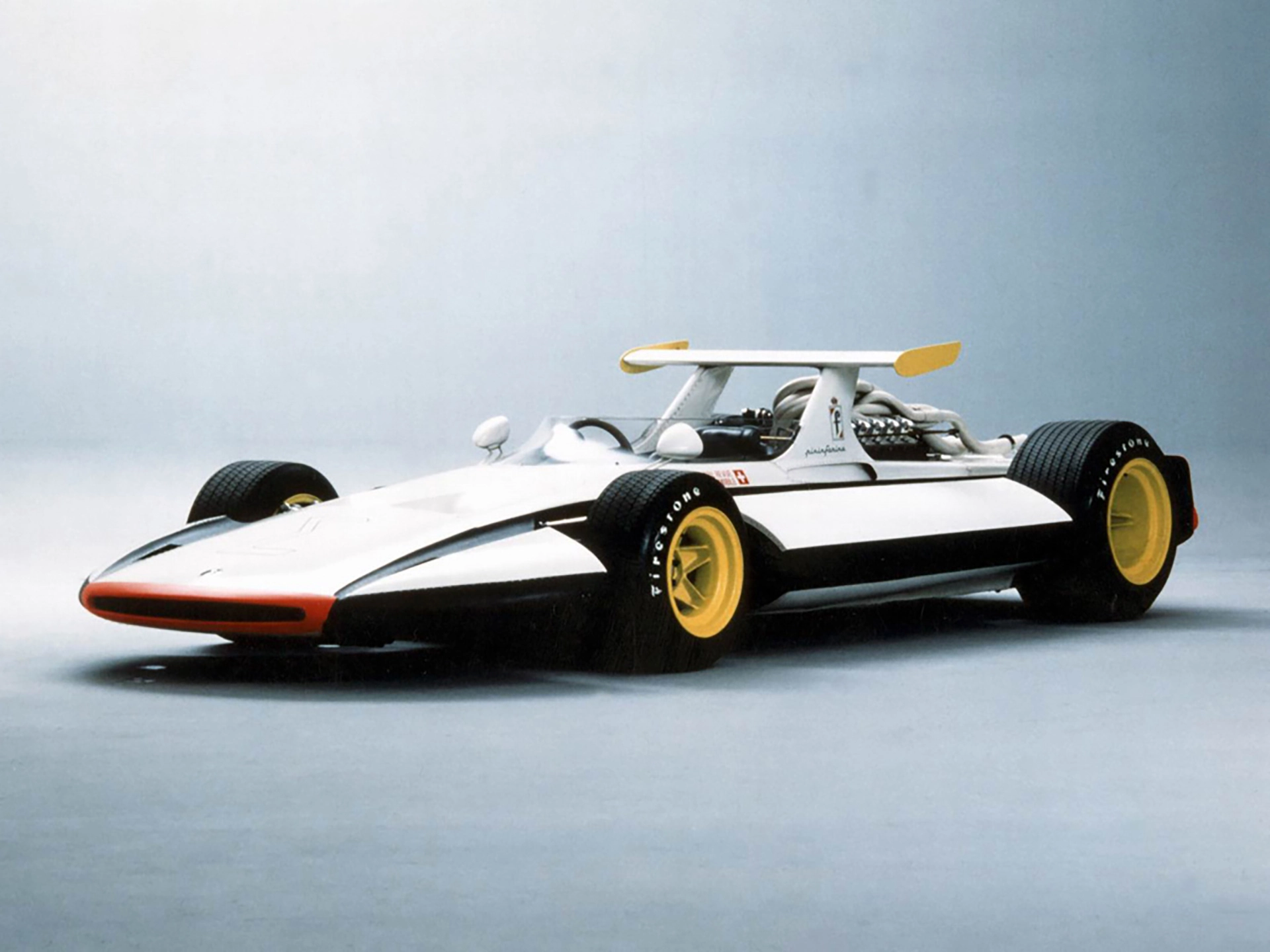Ferrari’s Technological Innovations Part 10: Fiorano, a Track to Win
21 December 2024 6 min read 4 images

Photo credit: Ferrari, Wheelsage
Enzo Ferrari sold 50% of his company to Fiat in 1969, securing the stability of a major manufacturer's support to grow further. From that moment, his true priority became racing, his greatest passion. Around the same time, he realized that an important test track project, crucial for developing both race and road cars, would not receive funding and would never be built. The small Modena racetrack, created around the local aeroclub’s track, was under scrutiny for safety concerns after several driver fatalities, including the famous Eugenio Castellotti. It was eventually closed in 1971, the year of Ferrari’s final test on that track.
Register to unlock this article
Signing up is free and gives you access to hundreds of articles and additional benefits. See what’s included in your free membership. See what's included in your free membership.
Already have an account? Log In


